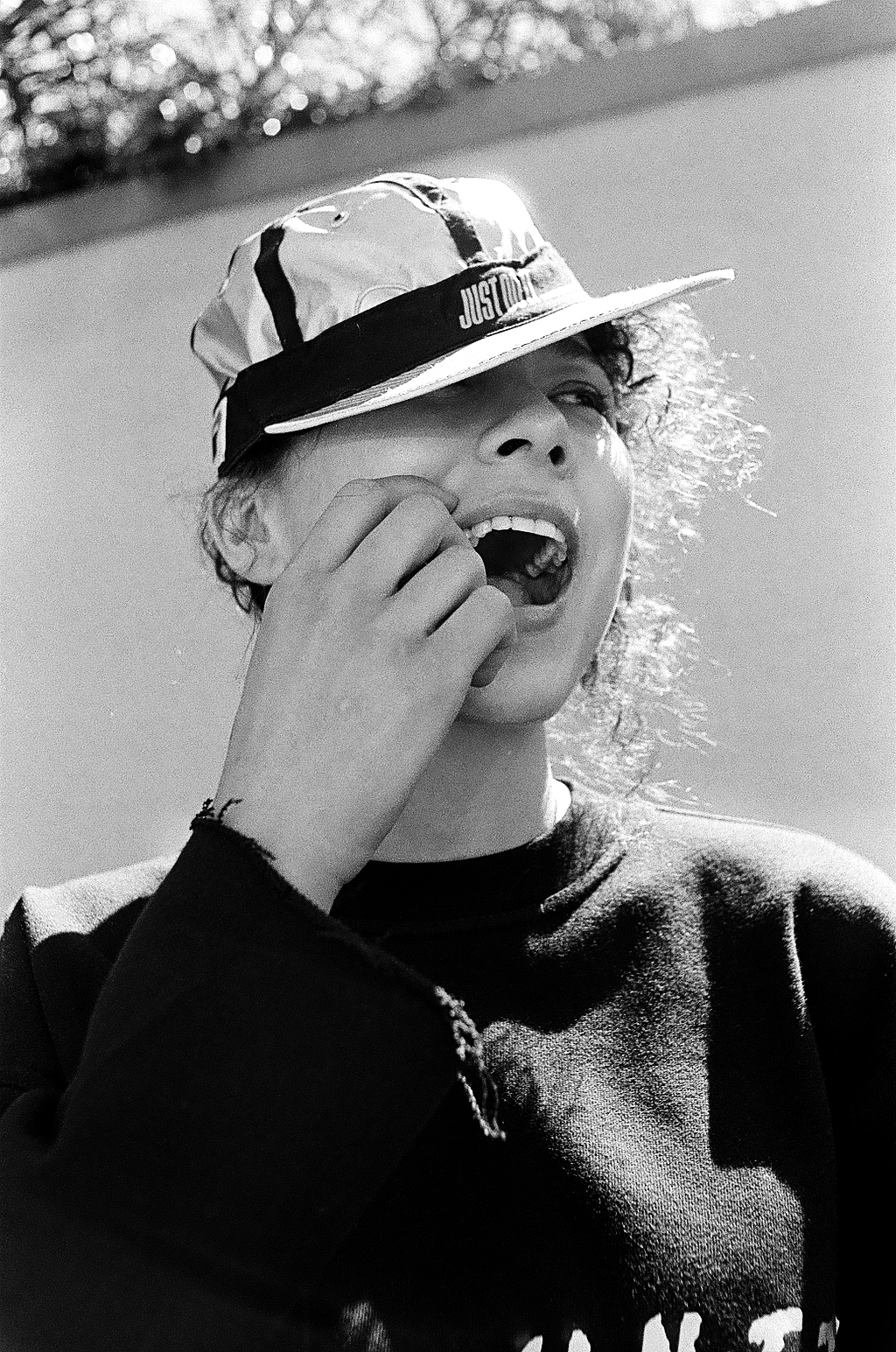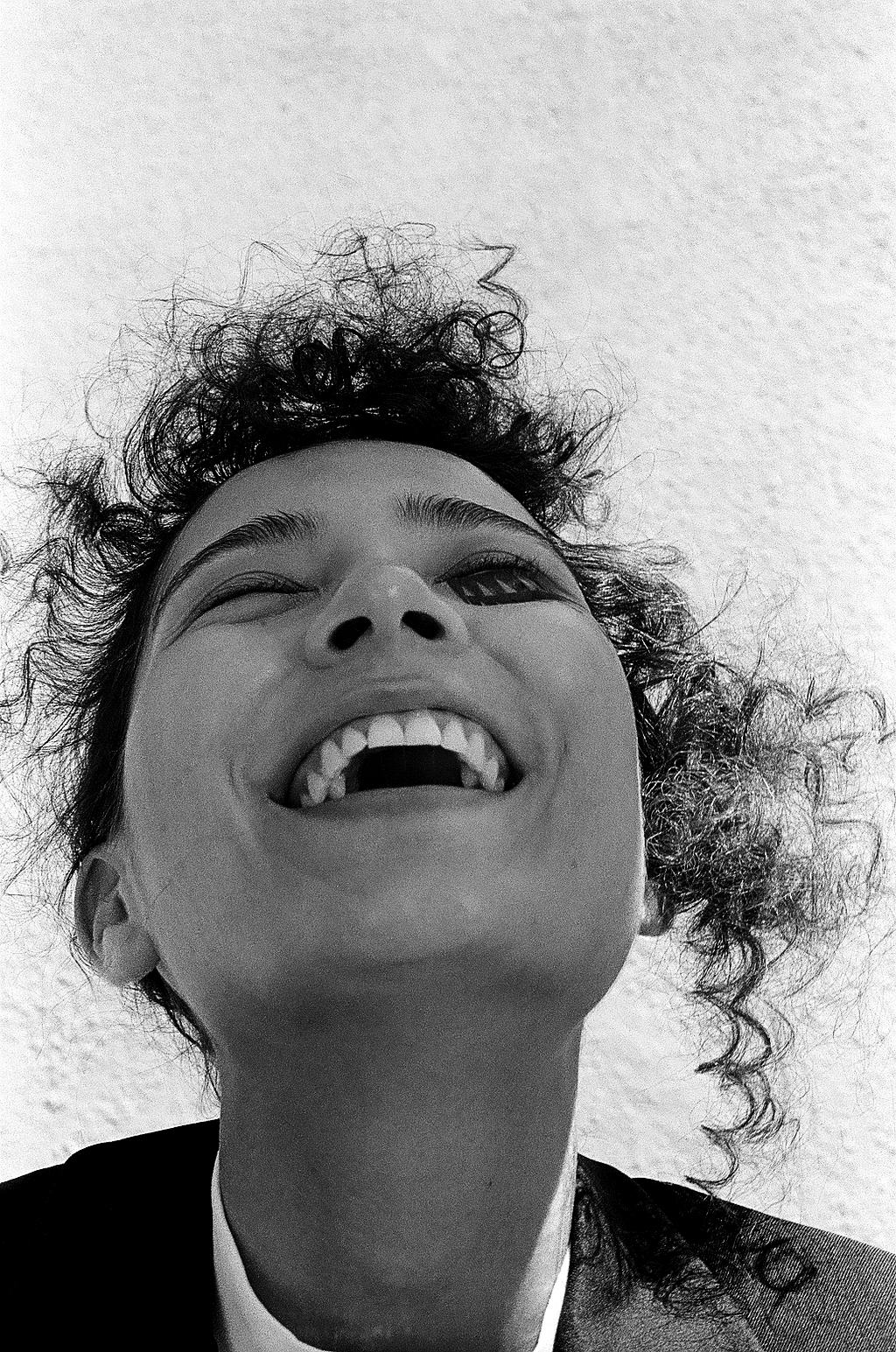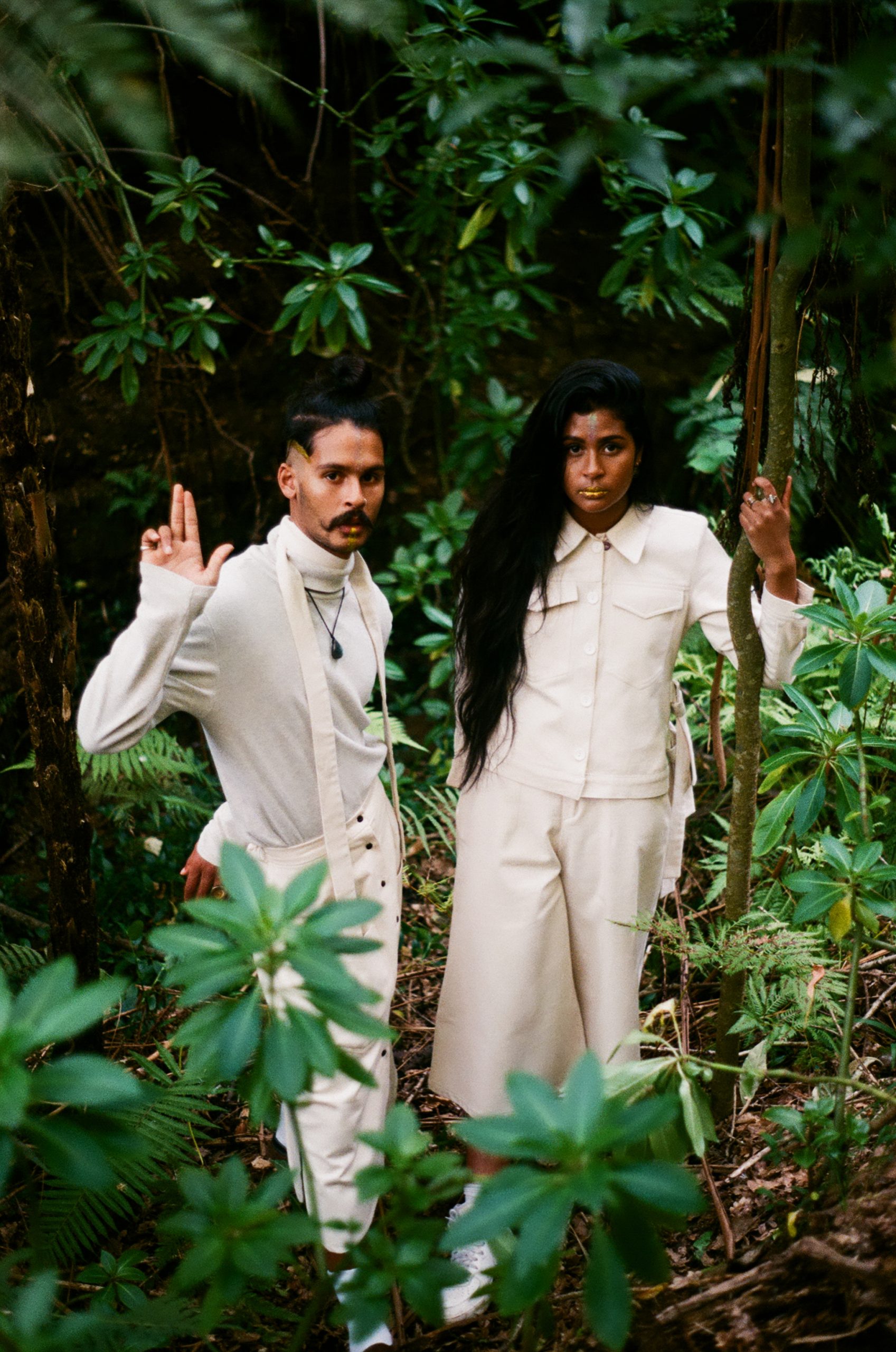Natural beauty accentuated with minimal makeup and loose-fitting silhouettes. Nostalgia evoked through analogue photography. Traditional framing and spontaneous emotion. Free collaboration.
Four creatives shared a mutual goal – to collaborate on a shoot during their time spent in Cape Town. A per chance meeting with Makeup and Hairstylist Patricia Piatke led the stylist for this shoot, Shukrie Joel to get in touch with her while hunting for a good photographer to put heads together with. And so, a collaboration was formed between photographer, hair and makeup artist, stylist and model. Their amalgamated team includes Detlef Honigstein, Shukrie Joel, Lolita Kupper and Patricia Piatke.
The project was approached using analogue photography as the medium to speak through given Detlef’s affinity to the format. Colour and black and white film are employed evoking both a classical feeling and becoming more modern as colour is gradually introduced.

For the team, this shoot was about a spontaneous get together before each of them set out to different countries. An opportunity for collaboration done with more impulse and spontaneity than vigorous planning. Their images come across as raw, beautiful and an impromptu moment captured on the emulsion of a film roll, breathed life into in its positive final form.
Speaking to stylist Shukrie, he explains that his idea was for the clothing to look comfortable on the model’s frame, effortless and easy. Despite there being minimal planning the team made stylistic choices for which thought was given.
Patricia and the team aimed to break away from the high-end street styles that Shukrie is known for with their makeup and hair styling decisions. With an artistic haute couture hairstyle giving off a sense of ease and natural makeup, the team did not want these elements to over shadow the colours of the clothing that Lolita wears. A fun selection of images resulted from their creative collaboration.
Credits:
Photography: Detlef Honigstein
Fashion & styling: Shukrie Joel
Hair & Makeup: Patricia Piatke
Model: Lolita Kupper




















